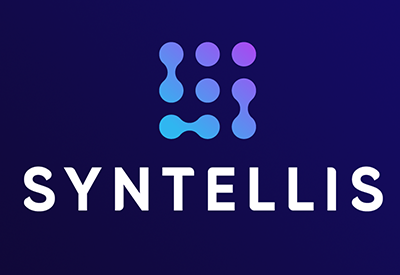5 Types of Data that Reveal Hospital Service Area Growth Opportunities
The pressure to compete and expand market share is at an all-time high for hospitals and health systems. Providers in many markets feel the impact of reduced patient payments, competitor maneuvers, and new market entrants. Hospitals and health systems often rely on their instincts and local knowledge or attempt to draw guidance from raw market data when looking for new opportunities for service area growth. Too often, these tactics lead to frustrating ends — growth plans that prove unsuccessful and year-end budget frustration.
Instead, consider how these five types of data will empower your hospital or health system to identify the best potential opportunities within a service area and guide your team to a more productive growth strategy and plan.
1. Market Data
A clear view of a facility's competitive standing in the marketplace provides valuable information on how much volume the market contains and where that volume is currently seeking treatment. Are the majority of your patients engaged with your largest competitor? If so, how can you draw their attention to your facility's services?
Consider mapping market data to show:
- Total volume: How much volume the market contains
- Non-client volume: How many potential patients are currently connected with your competition
- Shifts in patient preference for services or treatment locations
Market data also provides the underpinning for maps of market share, payer mix, and competitive strength — all clear indicators of your best opportunities for service area growth.
2. Market Share and Out-migration
Analyzing claims data to determine a hospital or health system's market share and identify patterns in out-migration data helps answer the following questions:
- What is your market share in comparison to your competition?
- Are you the dominant player, or do you have much catching up to do?
- Where are your patients going and for which services? Are they traveling outside the service area for specific procedures?
Analysis of this data will help you identify your greatest opportunities for service line growth to ensure you are providing the right care to your patient population, ultimately driving interest in and awareness of your facility.
3. Historical Facility Data
Historical facility data provides financial insight into returns based on patient type and patient geography by examining patient treatment by service line at the block group level. No longer solely dependent on the wide-reaching ZIP code level intelligence, block group and household level patient intelligence allow you to tailor growth planning, marketing, and service offerings to the right patients at the right time.
With historical data that drills down to the block group level, you'll see previous years' trends and fluctuations that can guide growth planning. Additionally, access to facilities' financial data lets you see potential lost charges and payments, providing another outlet for improvement and growth potential.
4. Payer Mix
Comparing data on a service line's overall market payer mix with the payer mix captured by your facility can provide valuable insights. Analysis of this data helps you understand how far off your payer mix is from the overall opportunity within the market. Knowing where you have opportunities to optimize revenue will affect your strategic growth plan.
5. Competitor Strength
Information extracted from market data and market share data helps strategy teams visualize competitor location and volume share. With this data, you can understand:
- Where exactly is your competition located
- Whether you're trying to grow your service area in a part of the market currently saturated by the competition
- Your growth goals in the context of your competition’s volume share
Service area growth planning is much more powerful when combined with insights into the strength of the competition. Knowing the reality of your standing in the market — how much volume there is to capture — will help you establish the right mindset for effective growth planning strategies.
Prioritize a Data-Driven Process
If your strategic growth team has not actively leveraged these five data types in growth planning discussions, it's time to reconsider your process. Start developing service area growth plans with a higher probability for success by taking time to review and integrate market data, market share and out-migration, historical facility data, payer mix, and competitor strength into your strategic plan.
Syntellis’ Axiom™ Market Opportunity Analysis and Axiom™ Market Opportunity Visualization leverage industry-best, curated 837 All-Payer Claims Data (APCD) — including referral, market share, and patient origin and migration data — to deliver actionable, executive-level insights that support strategic growth planning in a fraction of the time. Contact us today to learn more.
This blog post was adapted from a piece originally written by Morgan Atkins.


